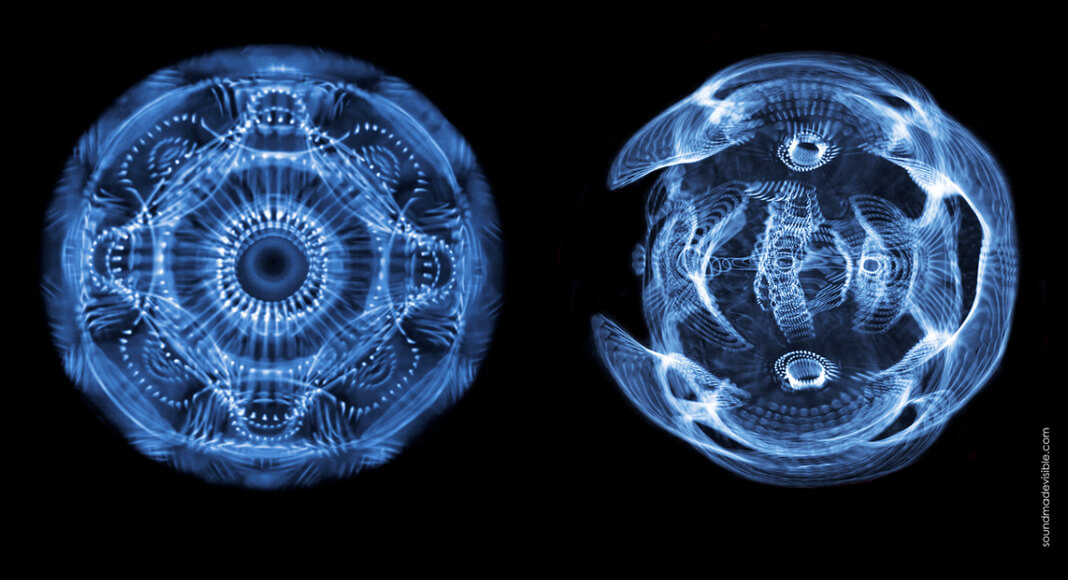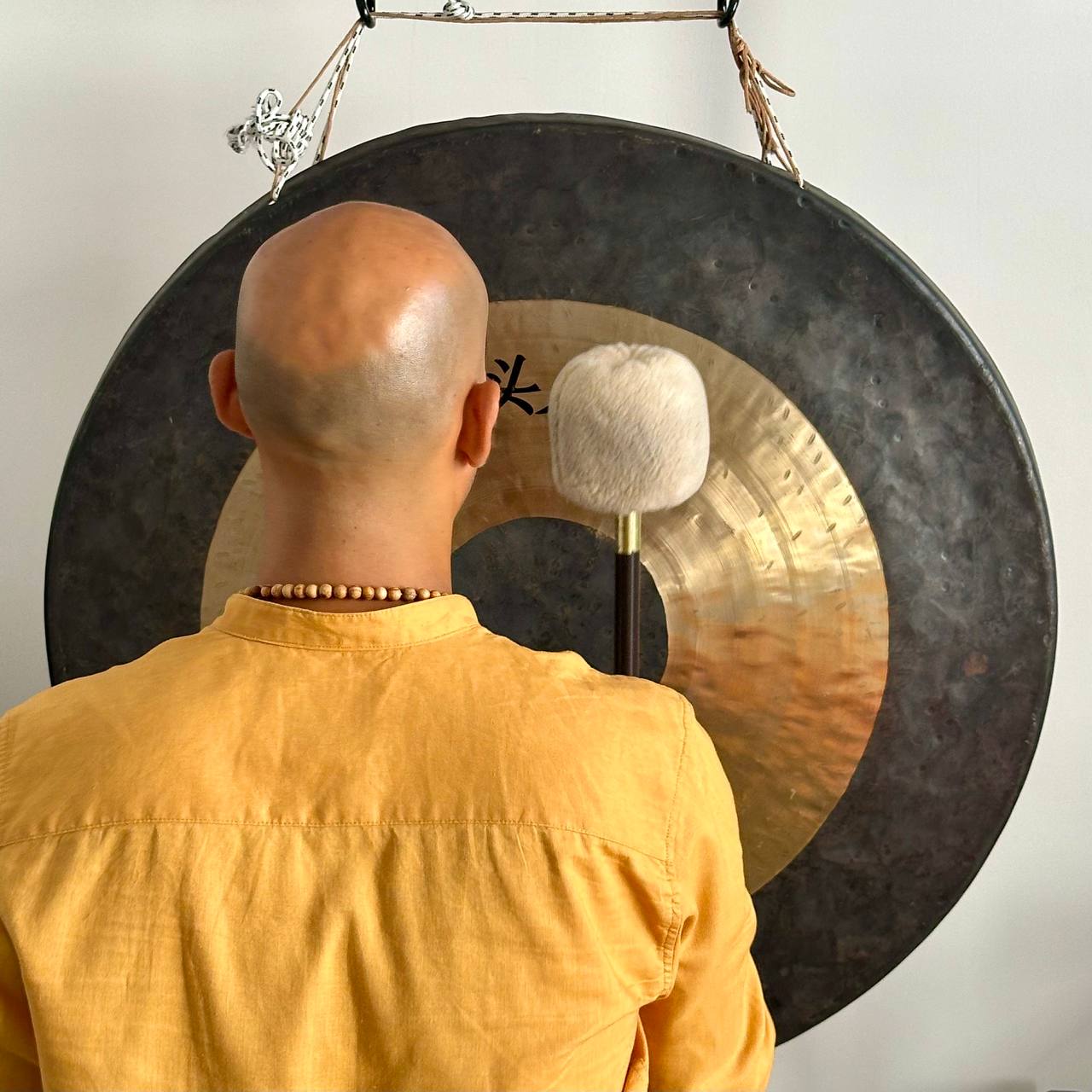Your cart is currently empty!
Sound Therapy
Sound therapy is a non-invasive treatment that uses sound waves to affect the mind and body. These sounds can vary in frequency, intensity, and specific tone. Sound therapy practitioners use various instruments such as singing bowls, tuning forks, and gongs to produce different sounds.
If you want to learn more about what Sound Therapy consists of and what tools are used, I suggest you read this article
One of the most common types of sound therapy is binaural beats. This technique involves playing two different frequencies in each ear to create a third, resultant frequency in the brain. By altering the brainwaves, binaural beats can induce a state of deep relaxation and promote healing.
Research suggests that sound therapy can have positive effects on cancer cells. In a study published in the Journal of Alternative and Complementary Medicine, researchers investigated the effects of Tibetan singing bowl sound meditation (TSM) on cancer patients. The study included 63 participants with various types of cancer who underwent TSM sessions twice a week for four weeks.
The researchers found that TSM was able to decrease stress levels and improve overall quality of life in cancer patients. Additionally, they observed a significant reduction in the size of tumors in some participants. Although the researchers did not fully understand the mechanisms behind these results, they suggested that TSM may have a direct effect on cancer cells by disrupting their growth and proliferation.
Another study examined the effects of vibrational sound therapy (VST) on breast cancer patients. The study included 25 participants who received VST once a week for six weeks. The researchers found that VST was able to significantly reduce anxiety levels and improve mood in the patients. Additionally, they observed a significant decrease in tumor markers in some participants.
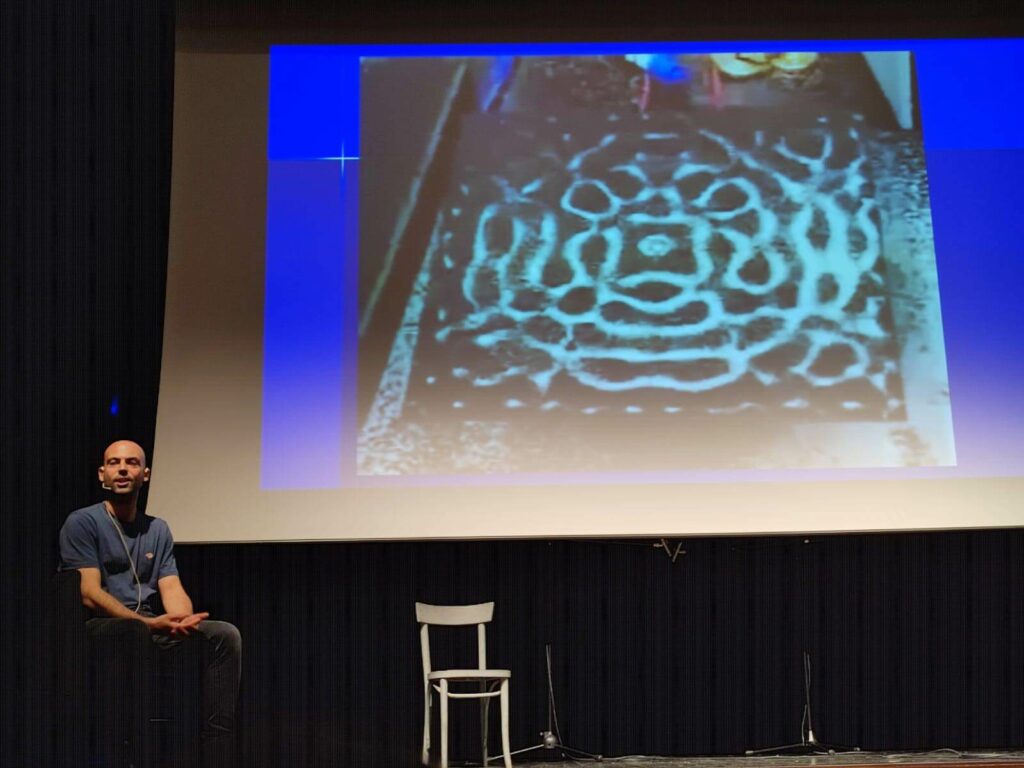
Cymatic Therapy
Cymatic therapy is a type of sound therapy that uses specific frequencies and vibrations to stimulate healing. This therapy involves using a machine called a cymatherapy device, which emits sound waves at specific frequencies.
Cymatic therapy works by entraining the body’s natural rhythms and promoting balance and harmony. The frequencies used in cymatic therapy are thought to resonate with the body’s own frequencies, promoting healing on a cellular level.
Some research suggests that cymatic therapy may have positive effects on cancer cells. In a study published in the Journal of Experimental & Clinical Cancer Research, researchers investigated the effects of low-frequency ultrasound (LFU) on cancer cells in vitro.
The researchers found that LFU was able to induce apoptosis, or programmed cell death, in cancer cells. Additionally, they observed a decrease in the expression of genes associated with cancer cell proliferation and an increase in the expression of genes associated with apoptosis
Another study examined the effects of pulsed electromagnetic field therapy (PEMF) on cancer cells. The study included 30 participants with lung cancer who received PEMF therapy three times a week for six weeks. The researchers found that PEMF was able to increase the apoptotic rate of cancer cells and decrease their proliferative ability.
A new study published in the Water Journal describes a novel method for comparing the sounds of cancer cells and healthy cells. The method may lead to the development of an Artificial Intelligence–supported surgical procedure for the removal of tumors. A form of the technology also holds promise for early cancer detection.
The Singing Cell
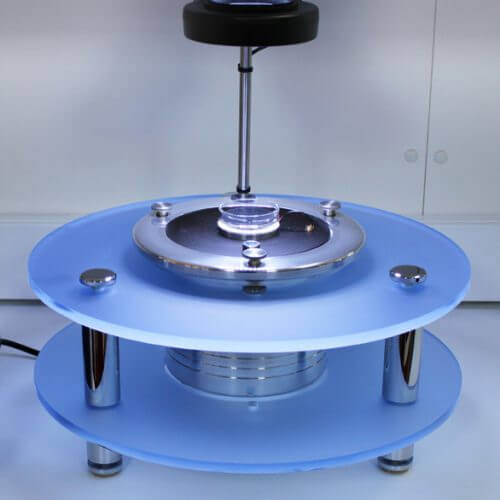
The discovery that cells create sound, as a feature of their natural metabolic function, was made by Professor James Gimzewski of UCLA, in 2002. Using an Atomic Force Microscope, he and his colleague, Dr. Andrew Pelling, were able to listen to the sounds of cells for the first time and, surprisingly, they found that the sounds lie in the audible range. In other words, if our ears were sensitive enough we would be able to hear the sounds of our own cells. (Perhaps it is fortunate that we cannot.) Professor Gimzewski named their new approach to cell biology, “sonocytology,” combining “sono” (sound) with ”cytology’” (the study of cells). In Dr. Pelling’s article “The Singing Cell”1 he says, “Observing cells in different situations, [for example] cells under stress, generates different sounds. In fact the state of the cell, if it is healthy or cancerous, can be distinguished by listening to its sound. In future we hope to bring our research in sonocytology to the point at which it can be integrated in medical disciplines such as cancer research. Listening to cells would allow a fast diagnosis of cancer without the use of drugs or surgery. Sonocytology might also make cancer detection possible before a tumor forms.”
You can read more about it here
Carlo Ventura, Professor of Molecular Biology at the University of Bologna, has recently demonstrated with the help of an atomic force microscope that the fate of stem cells can be significantly modulated by a physical energy and that cells are capable of produce acoustic vibrations, patenting for the first time the ability of cells to express “vibrational signatures” of their state of health and their differentiating potential.
Read the study here.
Overall Effects on Human Health
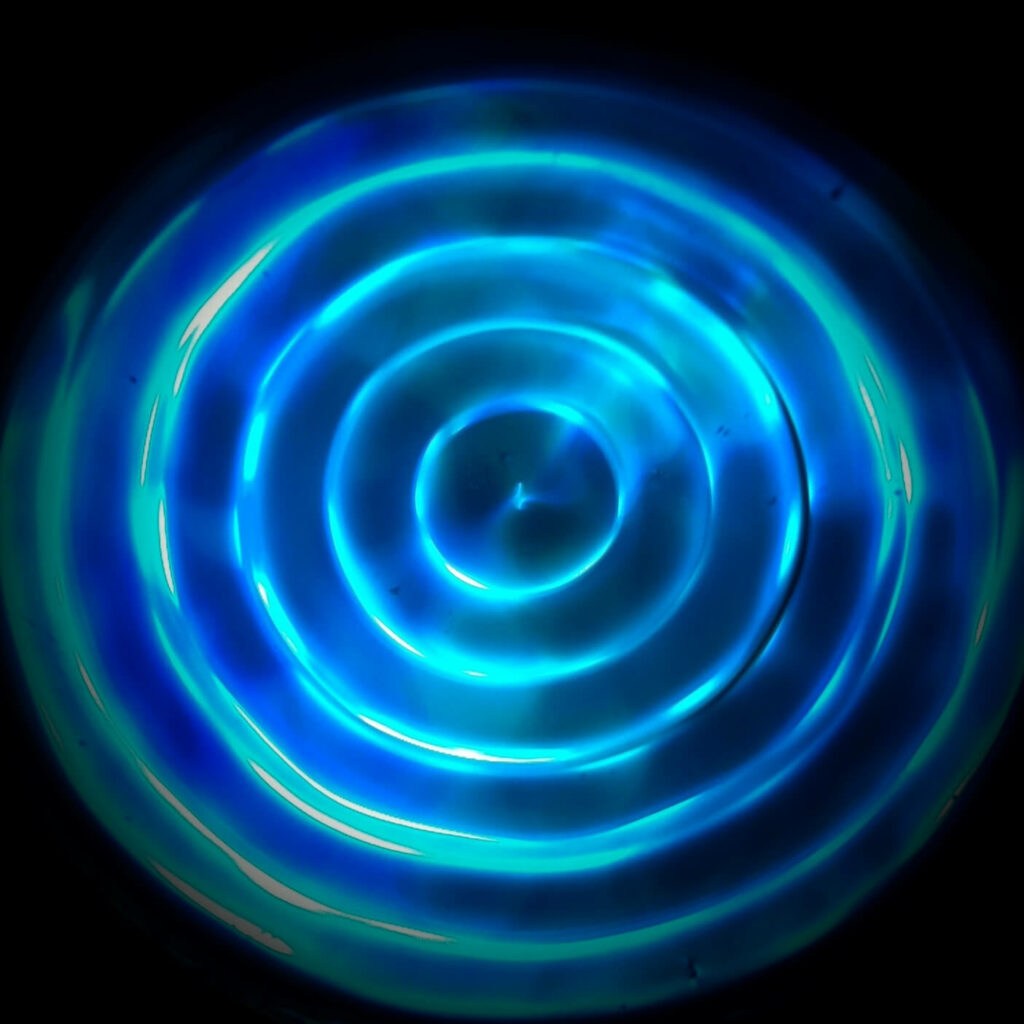
In addition to the potential benefits for cancer patients, sound therapy and cymatic therapy have been shown to have positive effects on overall human health. Some of the more commonly reported benefits include:
– Stress reduction: Both sound therapy and cymatic therapy have been shown to decrease stress levels and promote relaxation.
– Pain relief: The vibrations produced by these therapies can stimulate the release of endorphins, which can help alleviate pain.
– Improved sleep: Sound therapy has been shown to improve sleep quality and duration.
– Better immune function: Cymatic therapy has been shown to enhance immune function by increasing the production of white blood cells.
Additionally, both sound therapy and cymatic therapy are non-invasive and have very few side effects, making them safe options for many people.
Conclusion
While sound therapy and cymatic therapy should not be considered as stand-alone treatments for cancer, evidence suggests that they may have positive effects on cancer cells and overall human health. These therapies are non-invasive, safe, and have very few side effects, making them promising complementary approaches to traditional cancer treatment.
Further research is needed to fully understand the mechanisms behind the effects of sound and cymatic therapy on cancer cells and human health. However, the existing evidence suggests that these therapies may offer a promising avenue for promoting healing and wellbeing.
I leave you with a piece to listen to which is composed with Sound Therapy and Cymatic Therapy techniques such as binaural beats and isochronic tones to help reduce stress and improve sleep quality.
Thanks for your time!



